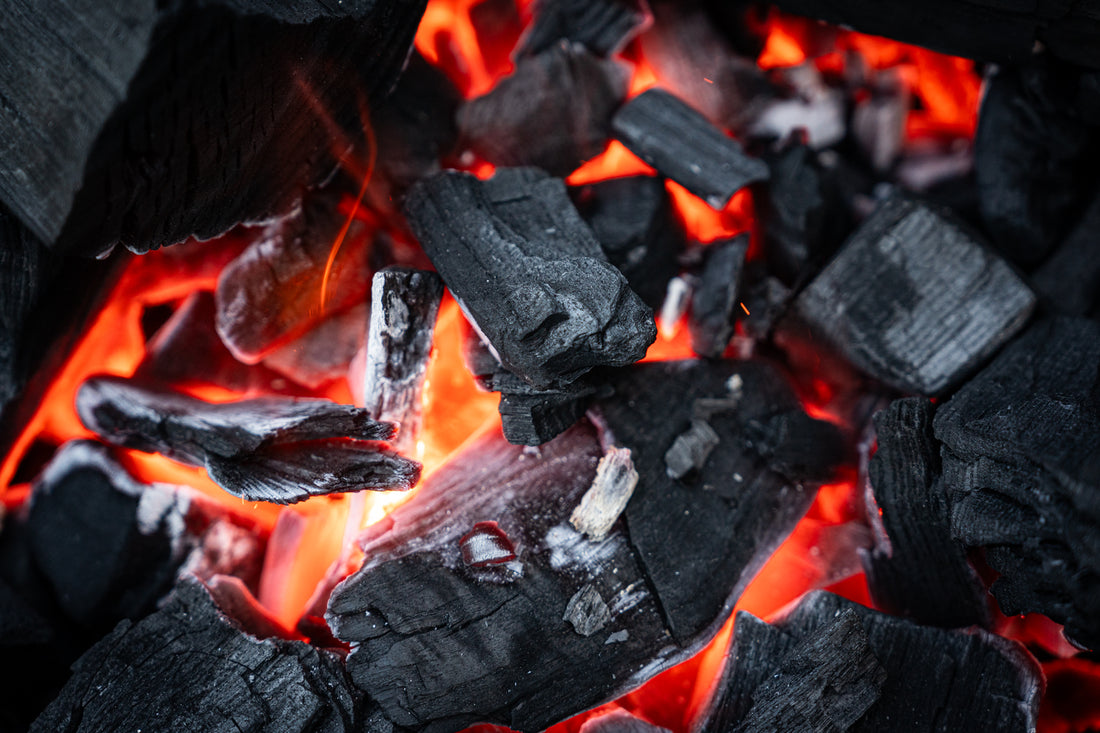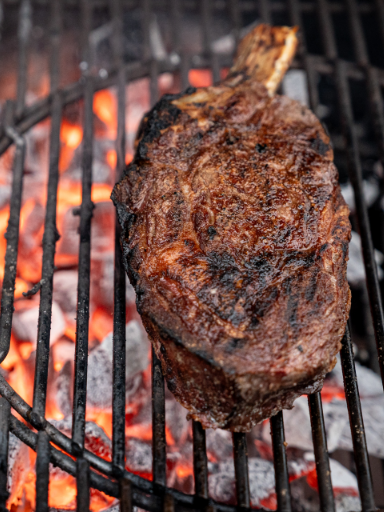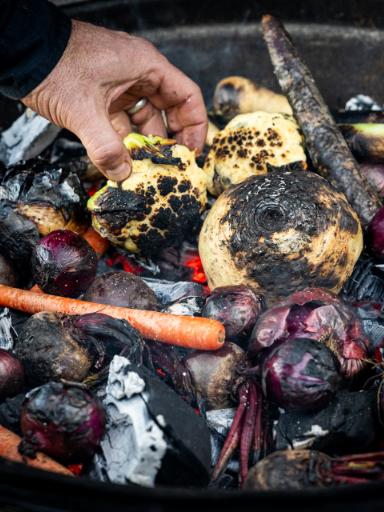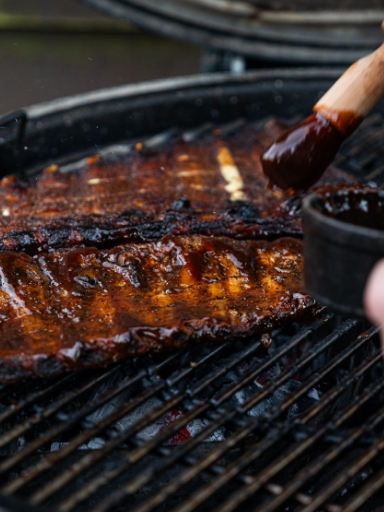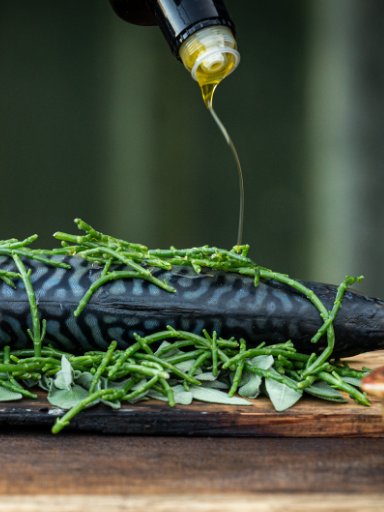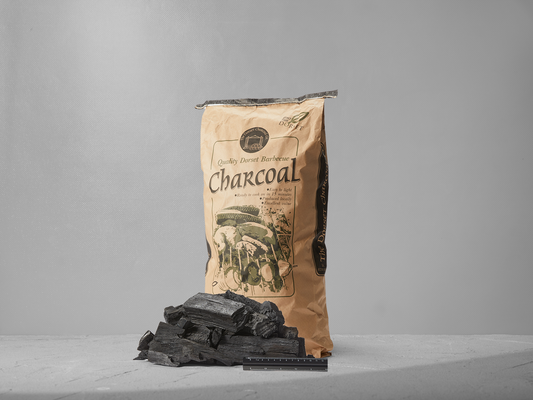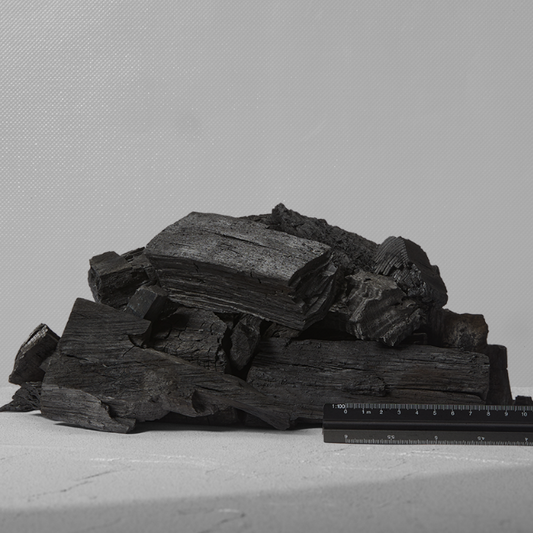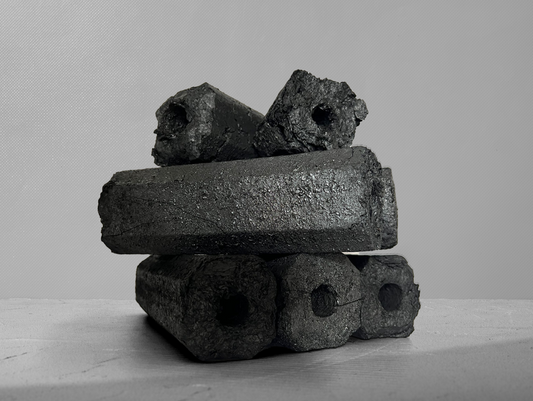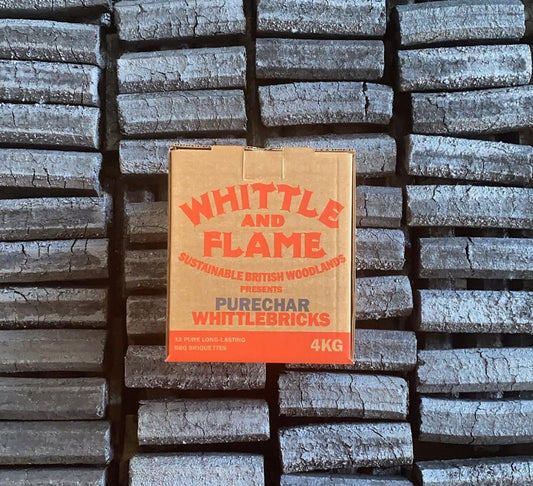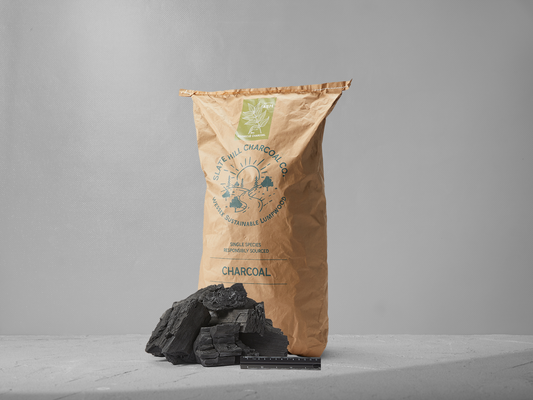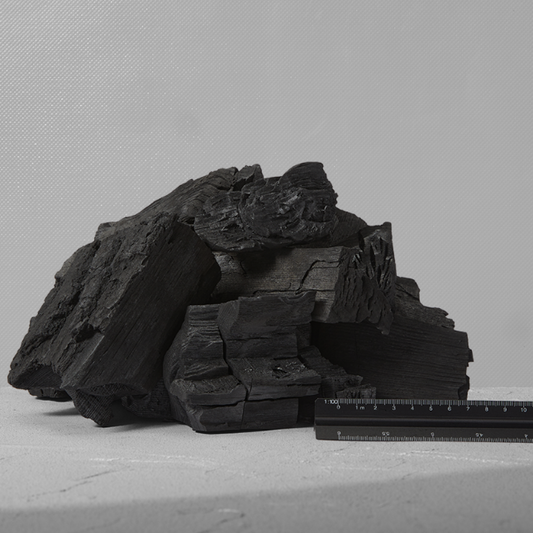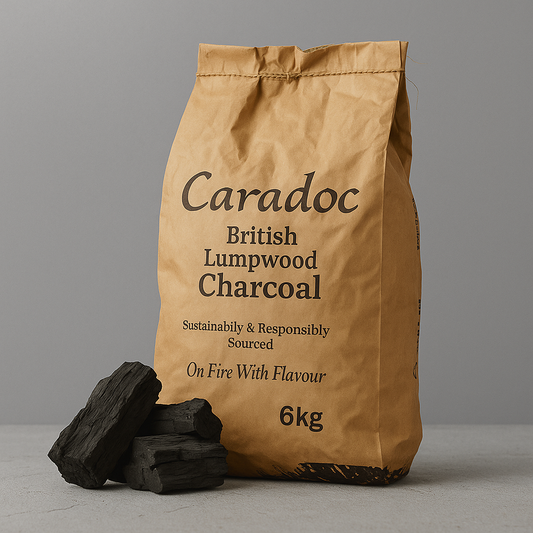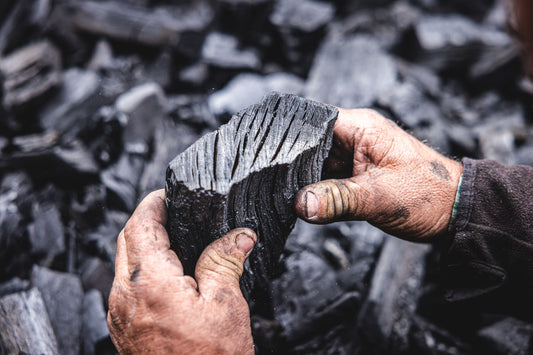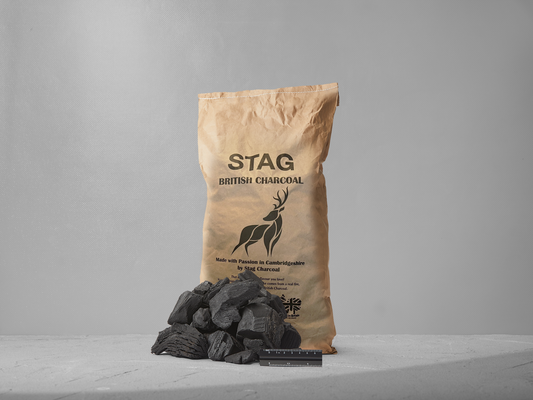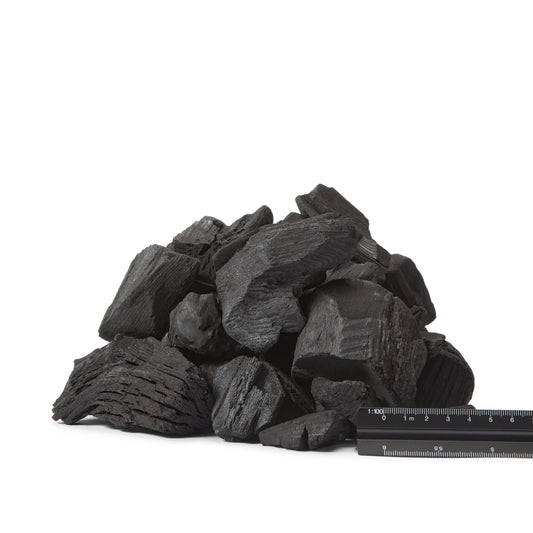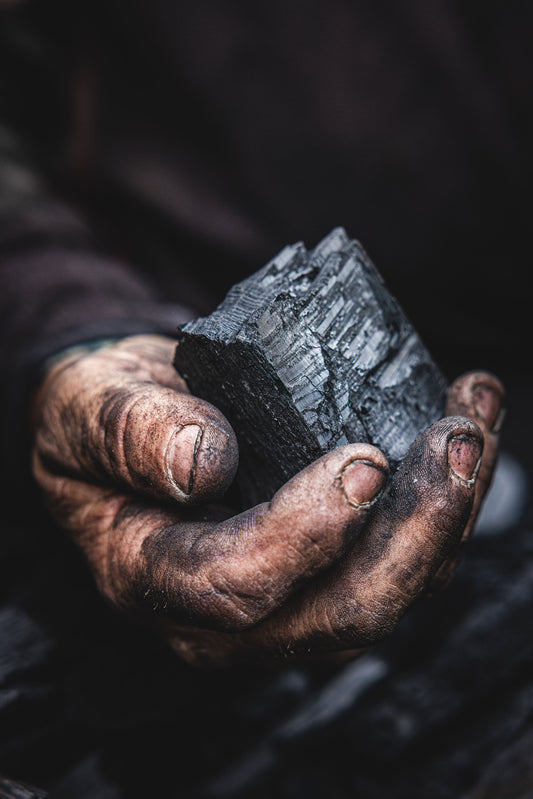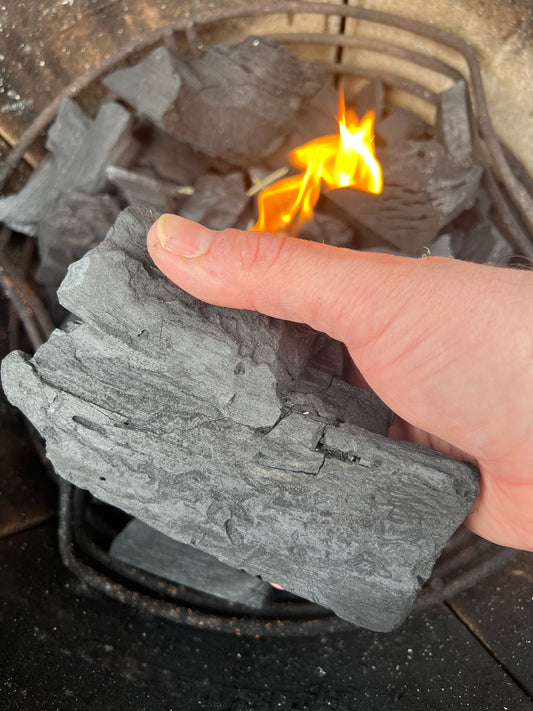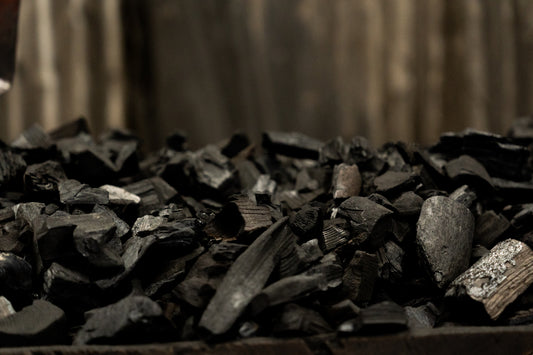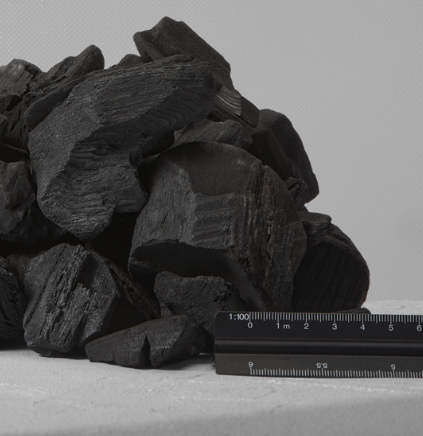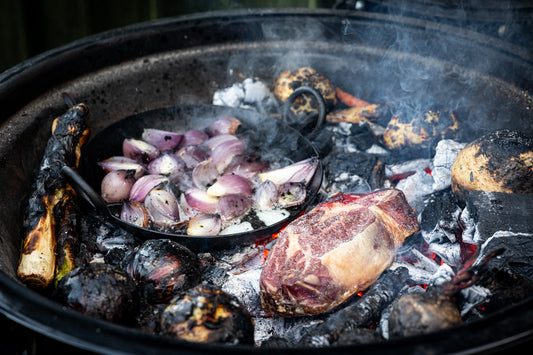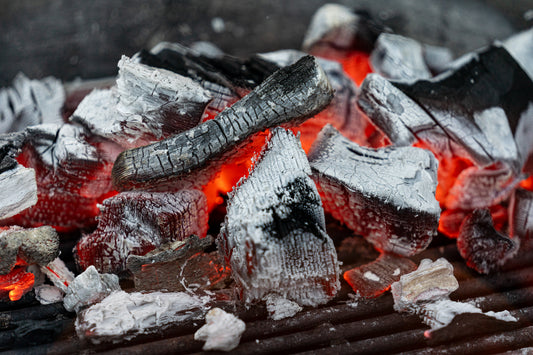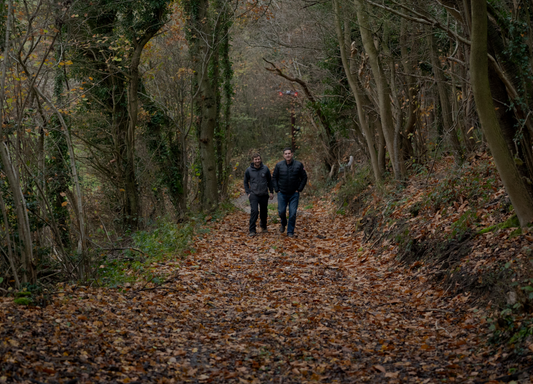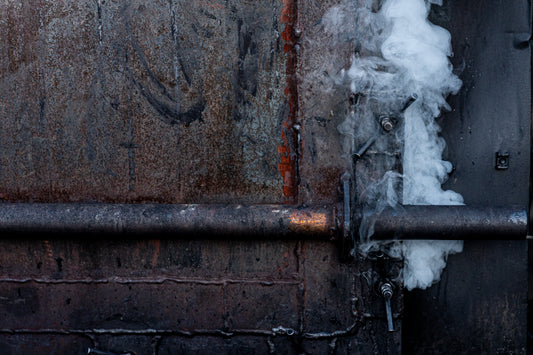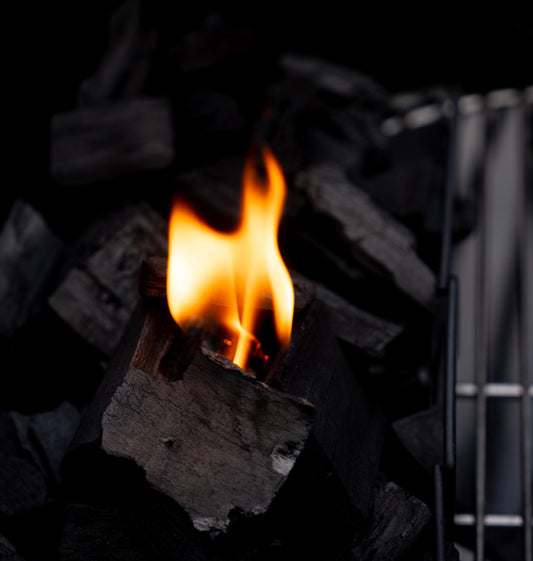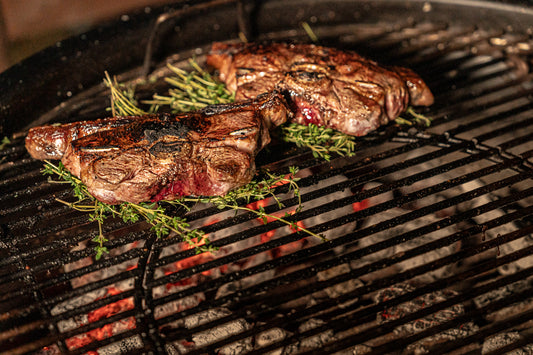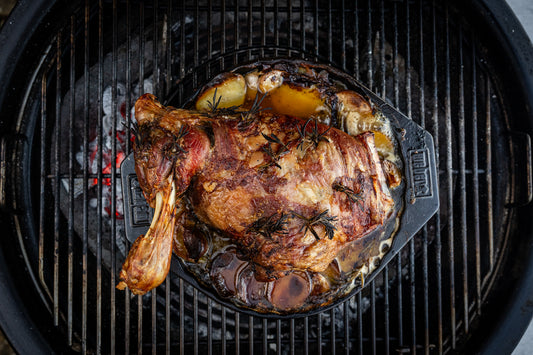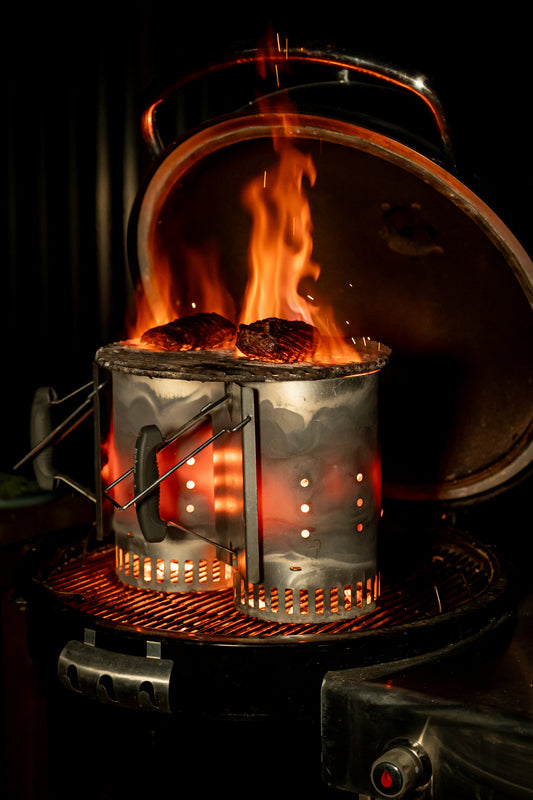Achieving the perfect temperature on your barbecue isn't just about flipping a switch or turning a knob; it's a delicate balance of science, technique, and intuition. From slow-smoking tender ribs to searing juicy steaks, controlling the temperature of your BBQ is the cornerstone of fire-cooking mastery. Take note of the nuances below:
The Fundamentals:
To control your BBQ's temperature, you must first understand the fundamentals of heat dynamics. Heat is transferred through conduction, convection, and radiation. Conduction refers to direct contact with the cooking surface, convection involves the circulation of hot air around the food, and radiation is the transfer of heat through infrared waves. By understanding these principles, you can strategically manipulate your grill's settings to achieve the desired, delicious fire-cooked meal you had in mind.
Choosing the Right Fuel:
The type of fuel you use significantly impacts your BBQ's temperature control. We only grill with natural, British charcoal and if you’re here you must be doing the same.
Harnessing the Power of Ventilation:
Your grill vents play a pivotal role in regulating airflow within your BBQ, directly influencing temperature control. Adjusting the vents allows you to fine-tune the oxygen supply, which in turn affects the intensity of the flames and the rate of fuel combustion. By mastering the art of ventilation, you can achieve precise temperature adjustments and maintain a stable cooking environment throughout the grilling process.
When you are finished cooking, close out the vents and put out the fire. Good British Charcoal can be re-lit time and time again so view it as an efficient way to cook as well as the tastiest!
For low and slow:
- You will want to limit the amount of the air flowing through the BBQ.
- This means very small gaps showing on the bottom air vent. (most of the heat control will come from the bottom vent.)
- If you want to raise the temp of your BBQ, open up the vent a little wider.
- For a hotter BBQ open the bottom valve fully.
- This applies with the lid on or off.
- If you are cooking with the lid off, you may want to close the bottom vent half way across. This will help slow the charcoal burning, so it doesn’t burn out too quickly. Very similar to a long burning fireplace..
Embracing the Art of Patience:
Temperature control is as much about patience as it is about technique. Resist the urge to fiddle with the flame. Instead, trust the process and allow sufficient time for the heat to permeate and work its magic. Monitoring the temperature with a reliable thermometer and making subtle adjustments as needed will, in fact, create superior results and ensure that every dish cooked over fire is exceptional.
